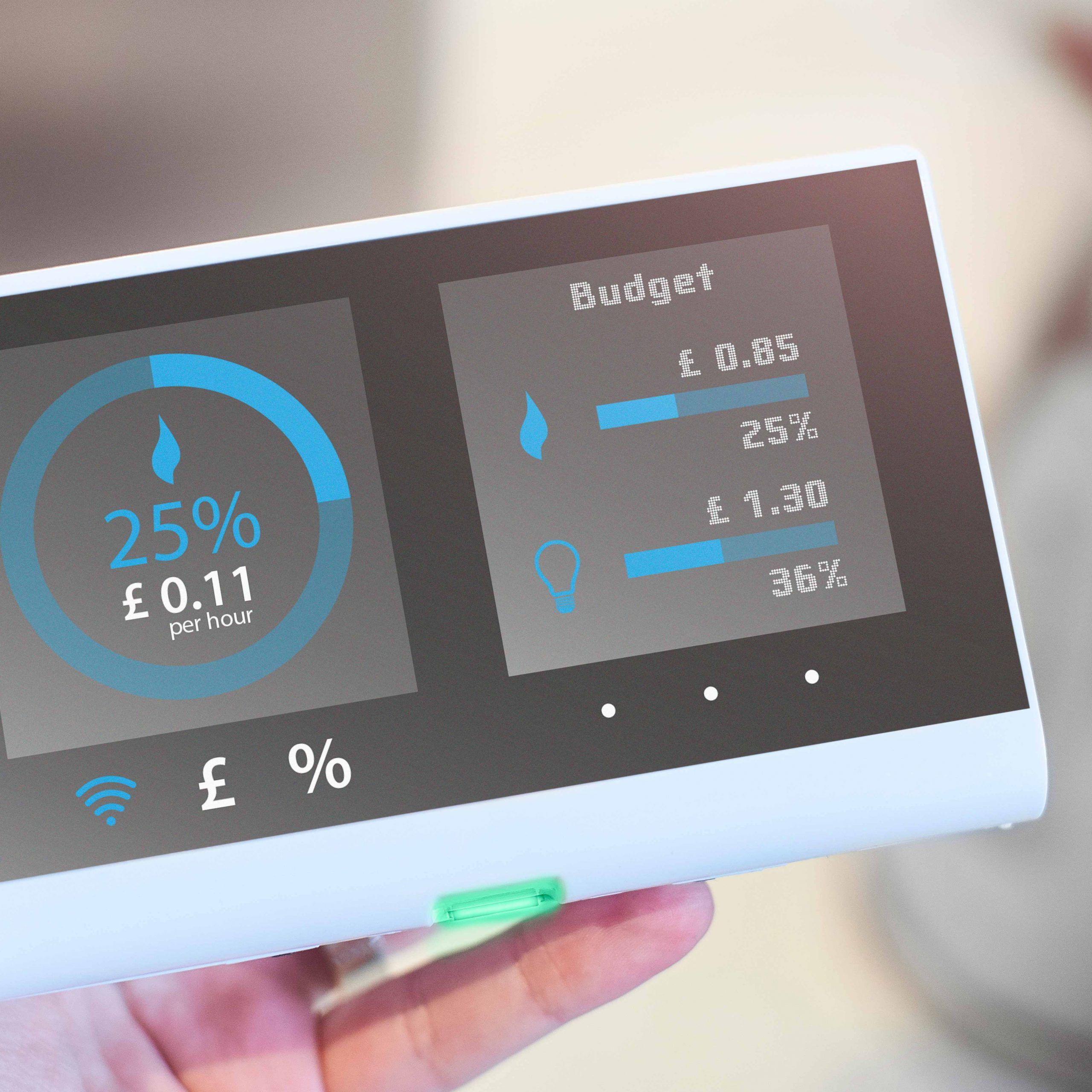Smart meters have evolved from passive measurement tools to active nodes that drive the energy transition. They collect, store and transmit critical use data that report demand management, customer analysis and predictive maintenance, underpinning modern energy networks.
As these devices become more advanced, cybersecurity discussions often focus on network safety and communication. However, local data stored within the meters, from billing records to user firmware and data records, often remain overlooked. This integrated data layer can become a critical vulnerability, with high risks for public services, manufacturers and consumers if it is compromised or corrupted.
Product manager in Tuxera.
Why the stored data is a hidden vulnerability
Smart meters often operate for up to 20 years in the field, collecting and processing confidential data under hard conditions and restricted resources. If access, alter or eliminate these data, either through physical manipulation or software exploits, the consequences may vary from inaccountting inaccussion to compliance failures and operational interruptions.
The risk is often invisible. Corruption or data loss can accumulate in silence until systemic problems, such as prognosis errors or client disputes, reveal the underlying problem. As energy systems depend more on precise data for operational and ESG objectives, ensuring resting data becomes a critical business priority.
Counting the true cost of cybersecurity deficit
Ensuring smart meters is not simply a technical task; It has financial and operational implications. For many manufacturers, maintaining effective vulnerability management requires dedicated equipment, often three to five full -time specialists who manage threat detection, response to incidents and patches throughout the year.
Regulatory frameworks often require hardware improvements to handle encryption and safe settings, impacting the costs of material invoice (BOM) and extend design deadlines. Existing software batteries often require optimization to admit modern safety protocols without overloading devices with limited resources.
These investments are critical, taking into account the potential impact of a cyber attack not detected, which can cost companies more than $ 8,800 (≈ £ 6,900) per minute. Beyond direct financial losses, organizations face damage to reputation, regulatory fines and operational interruptions that can erode customer confidence and market confidence.
The CRA: raise the security standard throughout Europe
The Cybernetic Resilience (CRA) Law of the European Union, which will arise in force by 2027, will redefine the expectations of digital products, including smart meters. Compliance with the CRA will be linked to the CE brand, so it is a requirement for access to the market in the EU.
Cra's key obligations include:
● There are no known vulnerabilities in the launch: The devices must be tested and verified before liberation.
● Safe configurations by default: The devices should avoid insecure configuration in the implementation.
● Management of ongoing patches: Suppliers are required to provide updates and remediation of vulnerability throughout the device's useful life.
● Transparent documentation: Suppliers must maintain clear documentation for life cycle support.
For smart meters with an operational useful life that exceeds two decades, this means that manufacturers must guarantee safety from deployment to dismantling, integrating resilience into hardware and software layers.
Engineering Trust: Confidentiality, integrity and authenticity
The effective security of the smart meter is not an additional feature; It must be designed from scratch. This requires focusing on three critical pillars:
● Confidentiality: Protection of data stored against unauthorized access using encryption, management of safe keys and solid communication protocols.
● Integrity: Ensure that the data remains precise and unchanged, even during power cuts or unexpected failures, using safe starting processes, Flash knowledge systems and validation verifications.
● Authenticity: Verify that updates and communications come from sources of trust, taking advantage of digital firms and safe update processes to block malicious code injection.
Together, these principles ensure that intelligent meters can resist evolving threats while maintaining compliance and operational reliability.
Organizational preparation for a safe smart meter
Fulfilling the Marcos Cra, Nis2 and IEC 62443 requires more than producing safe devices. It requires a holistic approach that aligns people, processes and documentation to promote a culture of security throughout the organization.
To prepare effectively, companies need to keep material software invoices (SBOM) precise to track and manage all software components used within their devices. The realization of exhaustive evaluations of the supply chain and the risks is essential to identify and mitigate potential vulnerabilities, while retaining exhaustive test reports ensures transparency and preparation for regulatory scrutiny.
Developing clear incident response plans allows organizations to act quickly in case of security violation, minimizing interruption and risk. Internally, equipment should receive training on cybersecurity practices to build the knowledge required to maintain safe operations.
Esting clear data retention and minimization policies helps reduce unnecessary confidential information exposure, while defining and enforcing roles -based access controls ensures that only authorized personnel have access to critical systems and data.
With the anticipated increase in quantum computing that represents a threat to current encryption standards within the operational life of smart meters, manufacturers must also prioritize cryptographic agility. When designing devices today with the ability to support future algorithms updates, they can ensure that smart meters remain safe and fulfilled as new standards arise and threats evolve.
Real world implementation lessons
Flash memory, which stores the meter data, is prone to use over time due to repeated writing/erased cycles, which leads to early failures and data integrity problems, if not administered effectively.
Profits that have implemented Flash file systems and controllers have seen significant improvements in resilience. In some cases, meters have an extended operational life in more than 50%, maintaining the integrity of the data even after supporting more than 15,000 unplanned power interruptions.
These solutions not only support CRA compliance, but also reduce operational costs, minimize guarantee claims and environmental impacts by reducing the need for premature replacements.
Security as a market differentiator
As the mature smart energy market, safe and resistant meters are becoming a competitive advantage. The integration of robust storage safety protects public services from financial losses and damage to reputation while fulfilling the expectations of customer reliability and confidence. Manufacturers that prioritize security will now be better positioned as future vision partners for public services that navigate energy transition and digital transformation.
Build a safe future today
The intelligent infrastructure progresses rapidly, and with it, the need for safe and reliable devices grows. For manufacturers of smart meters and public service providers, protecting the resting data is no longer a secondary concern; It is essential for financial stability, regulatory compliance and customer confidence.
When addressing cybersecurity in the design stage and aligning with emerging regulations such as CRA, the industry can deliver smart meters that are not only connected and intelligent, but also safe and resistant by default. In an energy panorama where the data promotes progress, ensure that the data is fundamental for a connected future, low in carbon and reliable.
We have listed the best patches management software.
This article was produced as part of the Techradarpro Insights Expert Channel, where we present the best and most brilliant minds in the technology industry today. The opinions expressed here are those of the author and are not necessarily those of Techradarpro or Future PLC. If you are interested in contributing, get more information here:








